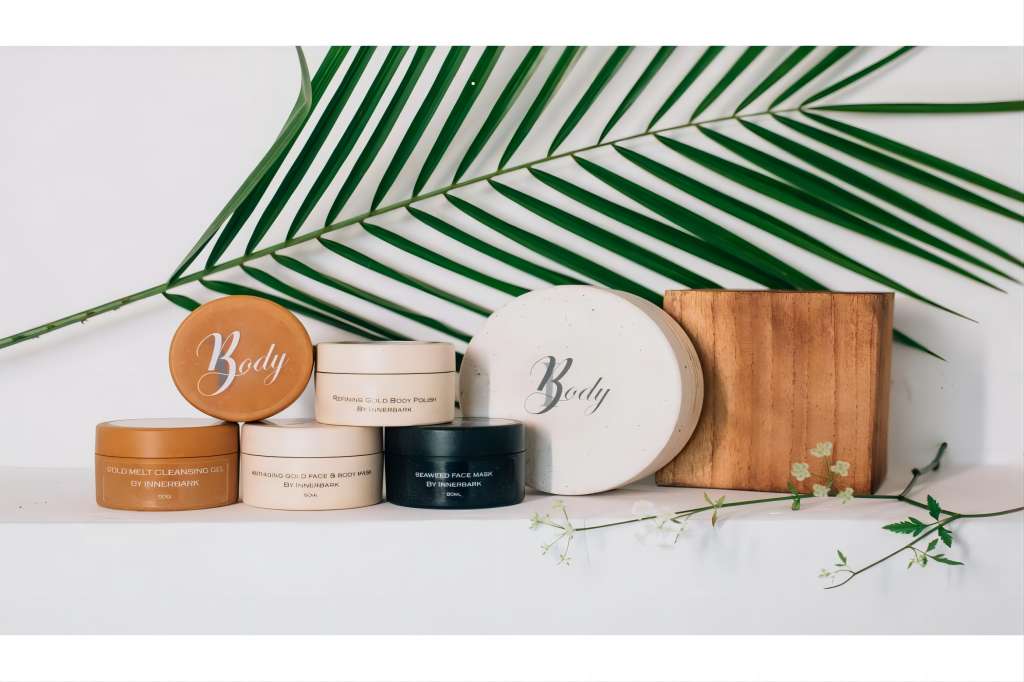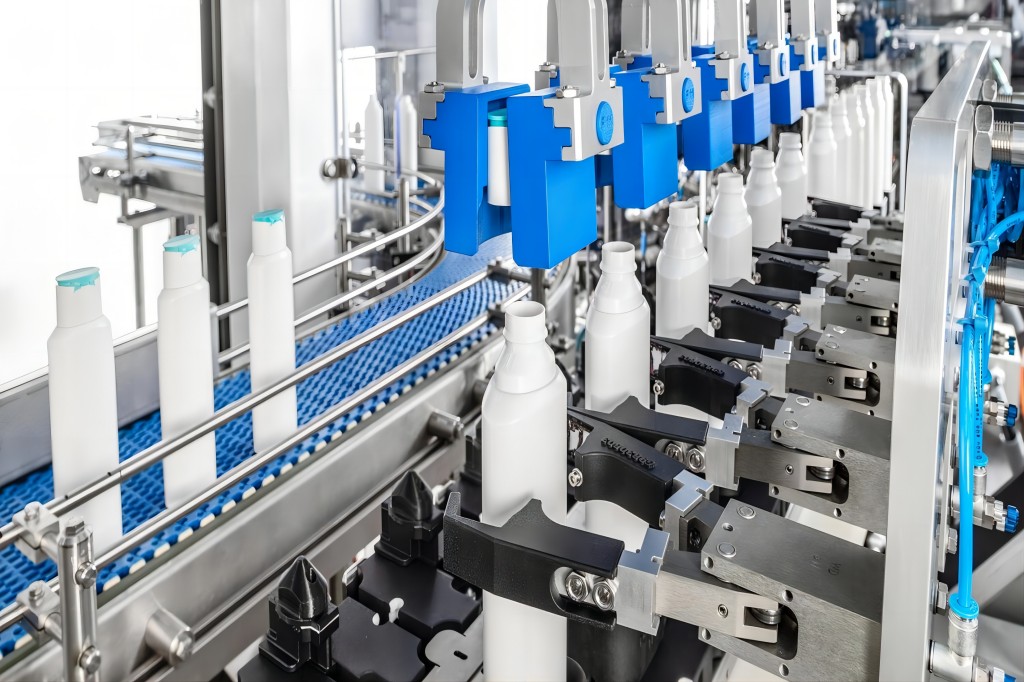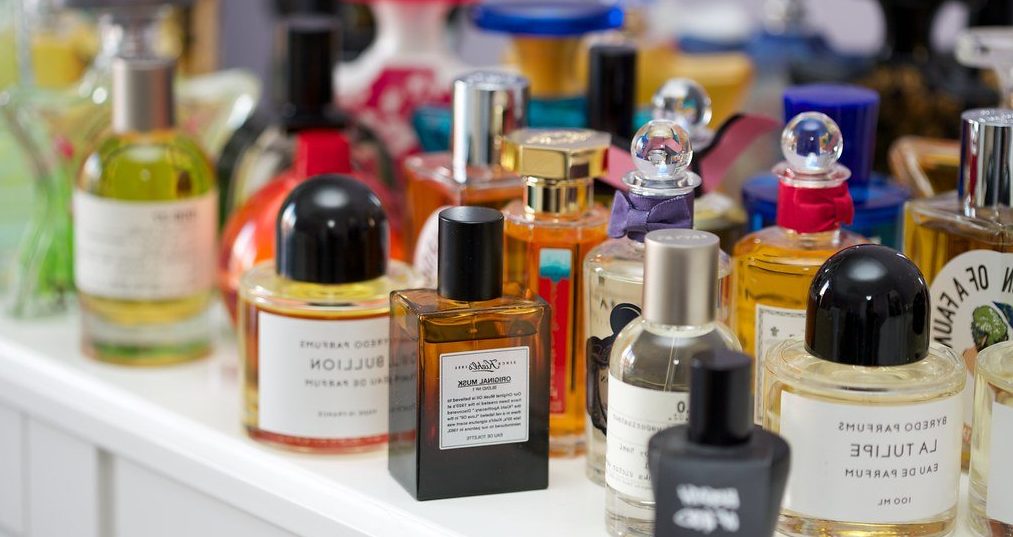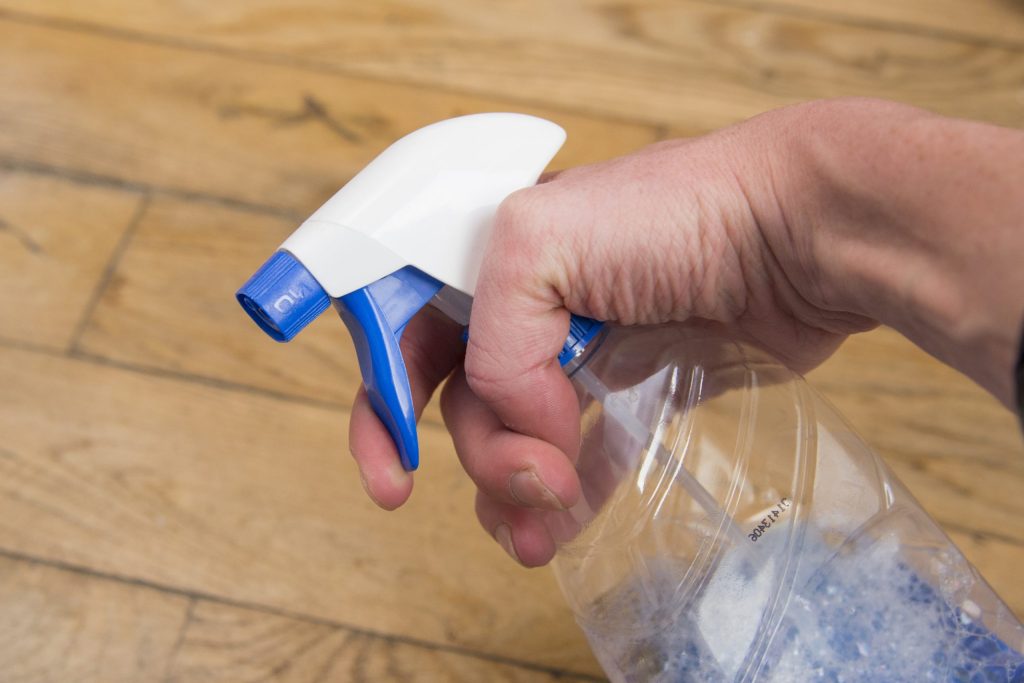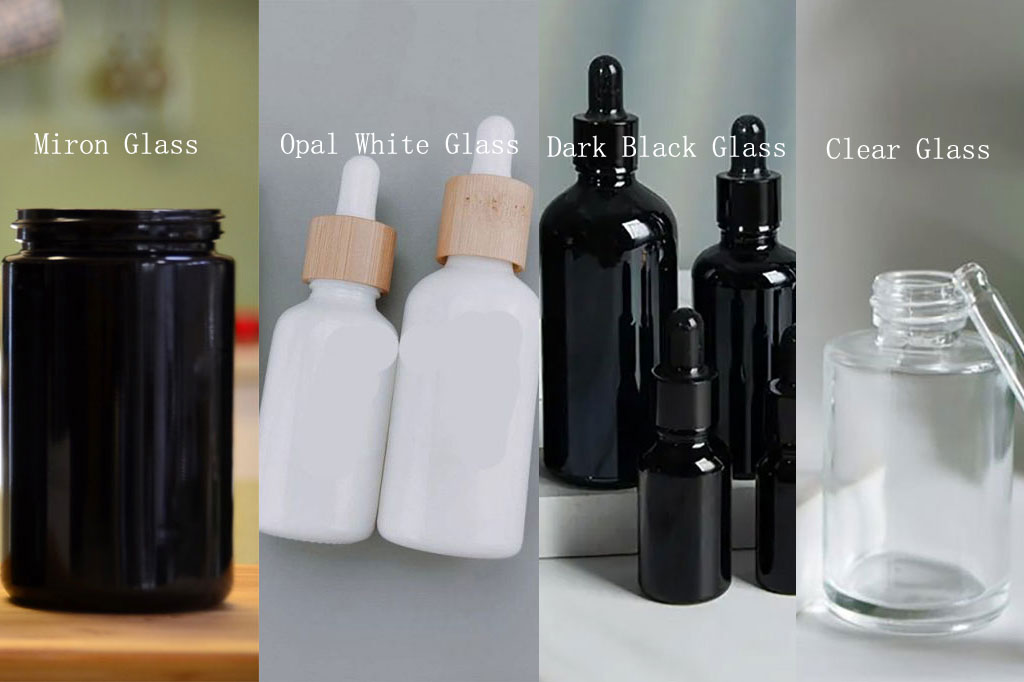As environmental awareness grows, the cosmetic industry faces pressure to adopt eco-friendly practices, especially in packaging, making sustainability a crucial aspect of brand identity and responsibility.
This article explores what sustainable cosmetic packaging is, its benefits, how it can be achieved, and why it is essential for the future of the cosmetic industry.
What is Sustainable Cosmetic Packaging?
Sustainable cosmetic packaging reduces environmental impact through eco-friendly material selection and sustainable manufacturing practices. It promotes a circular economy by ensuring recycling and reuse, aiming to reduce waste and carbon emissions throughout the packaging lifecycle while supporting ecological well-being.
What advantages does Sustainable Cosmetic Packaging offer?
The benefits of sustainable cosmetic packaging are manifold. Firstly, it significantly reduces the environmental footprint of the beauty industry by minimizing waste and the use of non-renewable resources. This type of packaging often uses materials that are either recyclable or biodegradable, or both, which helps in conserving natural resources.
Secondly, sustainable packaging can enhance a brand’s image by aligning with the values of eco-conscious consumers, thereby attracting a market segment that prioritizes environmental responsibility.
Finally, using eco-friendly materials can sometimes lead to reduced packaging costs due to simpler design and reduced material use.
How to achieve Sustainable Cosmetic Packaging?
Achieving sustainable cosmetic packaging can be approached from two angles:
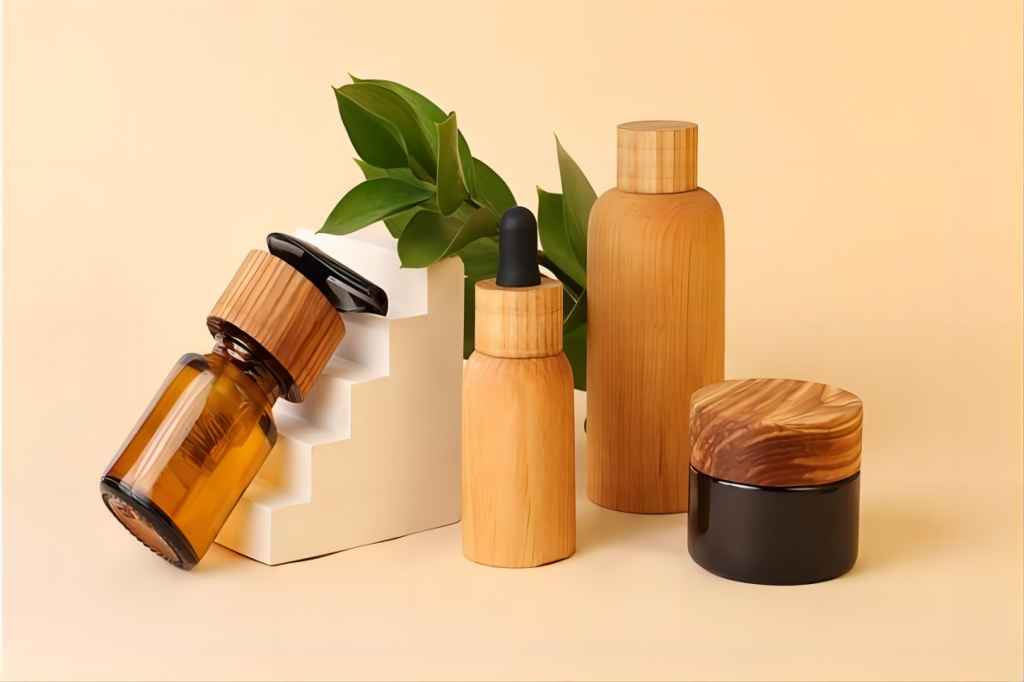
Materials
Bamboo: A fast-growing, biodegradable resource, bamboo appeals to eco-conscious consumers with its natural look. It’s versatile in forms like fiber for cosmetic containers, bottles, jars, and decorative elements in bamboo cosmetic packaging design.
Wood: akin to bamboo, qualifies as a renewable resource when it comes from sustainably managed forests. It boasts durability and biodegradability and is often available locally, thus minimizing transportation emissions. Wooden packaging lends a luxurious and natural aesthetic to products, making it suitable for brands that highlight natural ingredients.
Glass: Glass is infinitely recyclable without loss of quality or purity, which makes it an excellent material for sustainable packaging, Moreover, it does not emit chemicals into the product, keeping the cosmetic uncontaminated. Employing recycled glass diminishes the environmental effects stemming from its production.
Eco-friendly Plastics: Bioplastics, sourced from natural materials like corn starch, and post-consumer recycled plastics, are preferable eco-friendly choices. They play a vital part in reducing the use of fossil fuels and the emission of greenhouse gases during production.
- PLA (Polylactic Acid) is a biodegradable plastic that is sourced from renewable materials such as corn starch, tapioca roots, or sugarcane. It’s popular in cosmetic packaging for products like biodegradable wrappers and containers.
- PHA (Polyhydroxyalkanoates) are biodegradable plastics created through the microbial fermentation of sugars or lipids. They are fully biodegradable and are used for applications like jars, bottles, and other containers in cosmetics.
- Bio-PE (Bio-based Polyethylene): Bio-PE is made from ethylene derived from renewable materials like sugarcane. It functions just like traditional polyethylene but with a significantly lower carbon footprint, making it ideal for squeezable tubes and bottles.
- Bio-PET (Bio-based Polyethylene Terephthalate): Like Bio-PE, Bio-PET is also made partly from renewable materials like sugarcane. It offers the same properties as traditional PET and is used in making bottles for lotions and other liquid cosmetics.
Design
Effective design is crucial for minimizing waste and enhancing the lifecycle of packaging. Design considerations include:
- Minimalism: Using fewer materials by design can significantly reduce waste. A minimalist approach often results in lighter packaging that requires less energy to transport, further reducing its carbon footprint.
- Modularity: Designing packaging with modularity allows for easy disassembly, which can aid in the recycling process. It also enables parts of the packaging to be replaced if damaged, rather than discarding the entire package.
- Reusable Containers: Designing containers that can be easily cleaned and reused for the same or different products encourages consumers to keep and repurpose the packaging. This method is notably successful in minimizing the environmental footprint of packaging.
Conclusion
As the world embraces sustainability, the cosmetic industry must adapt its packaging to meet environmental and consumer needs. Sustainable packaging is crucial for reducing environmental impact and enhancing brand competitiveness, paving the way for a profitable future.

